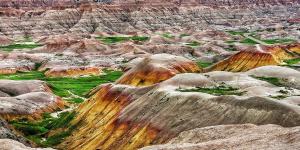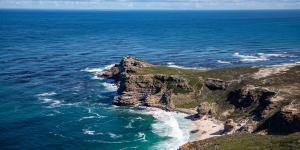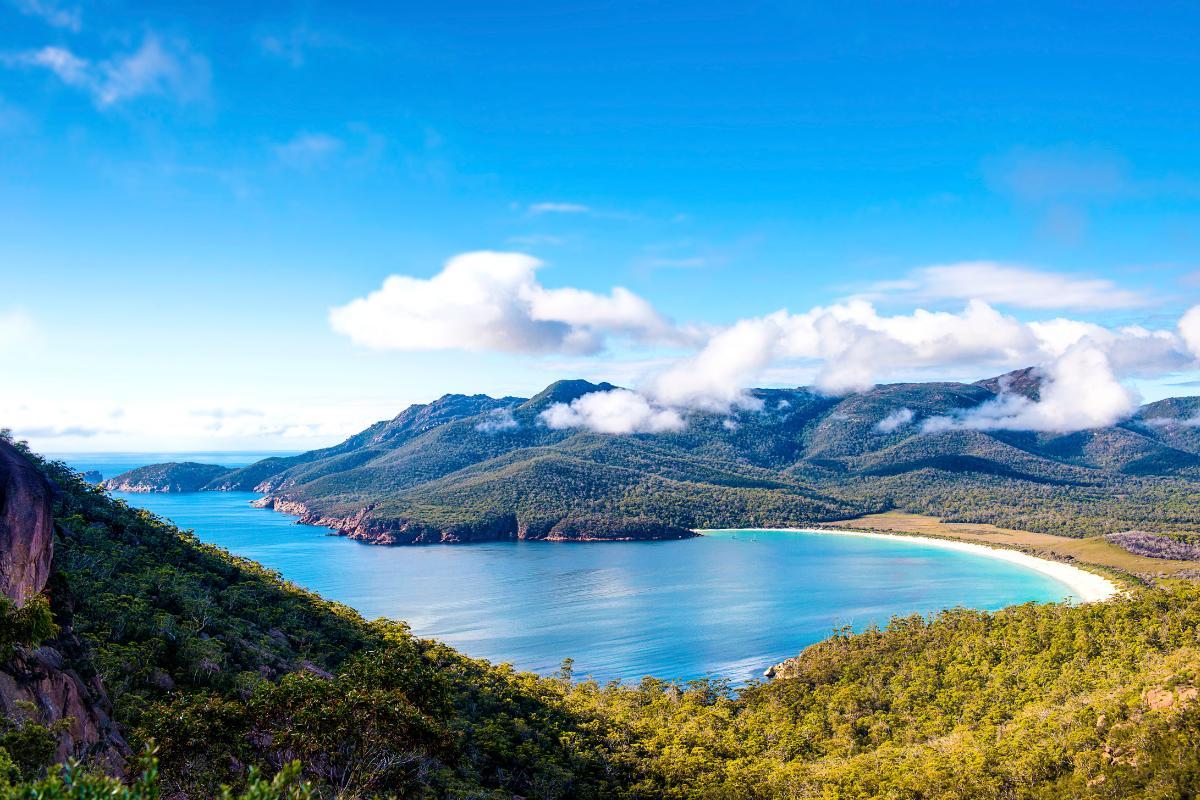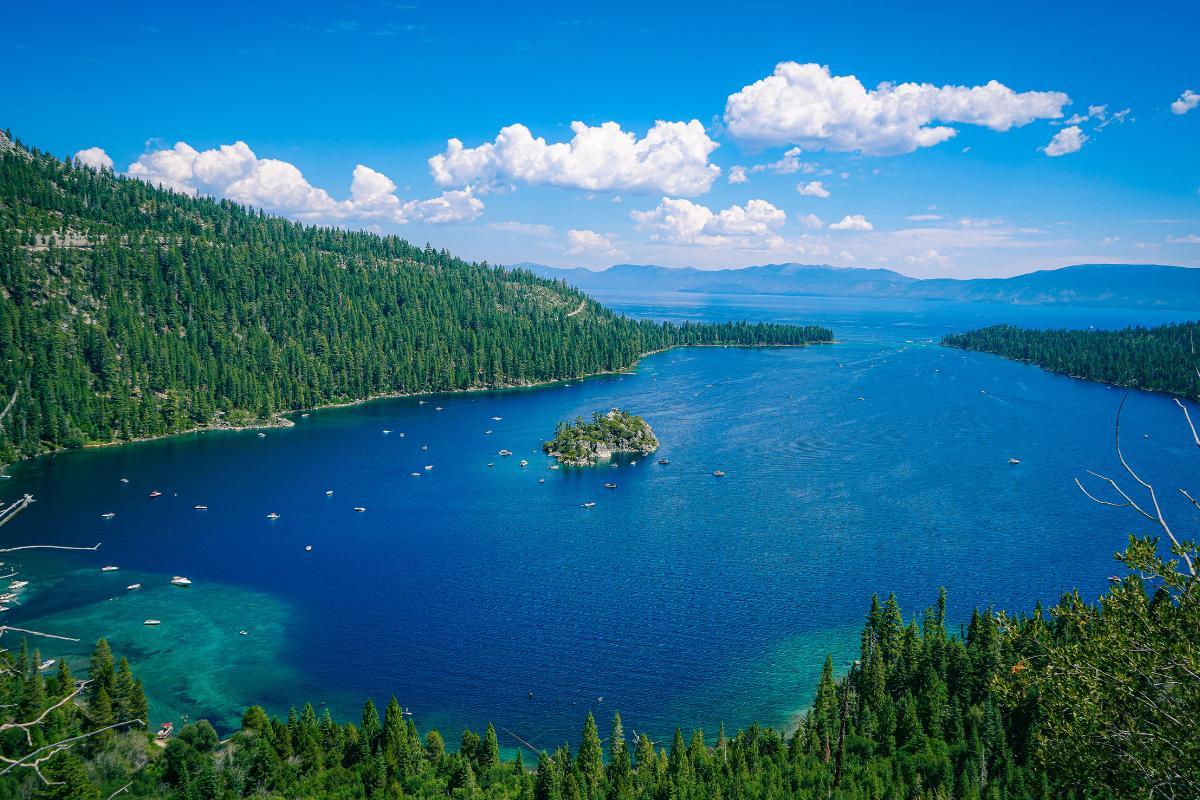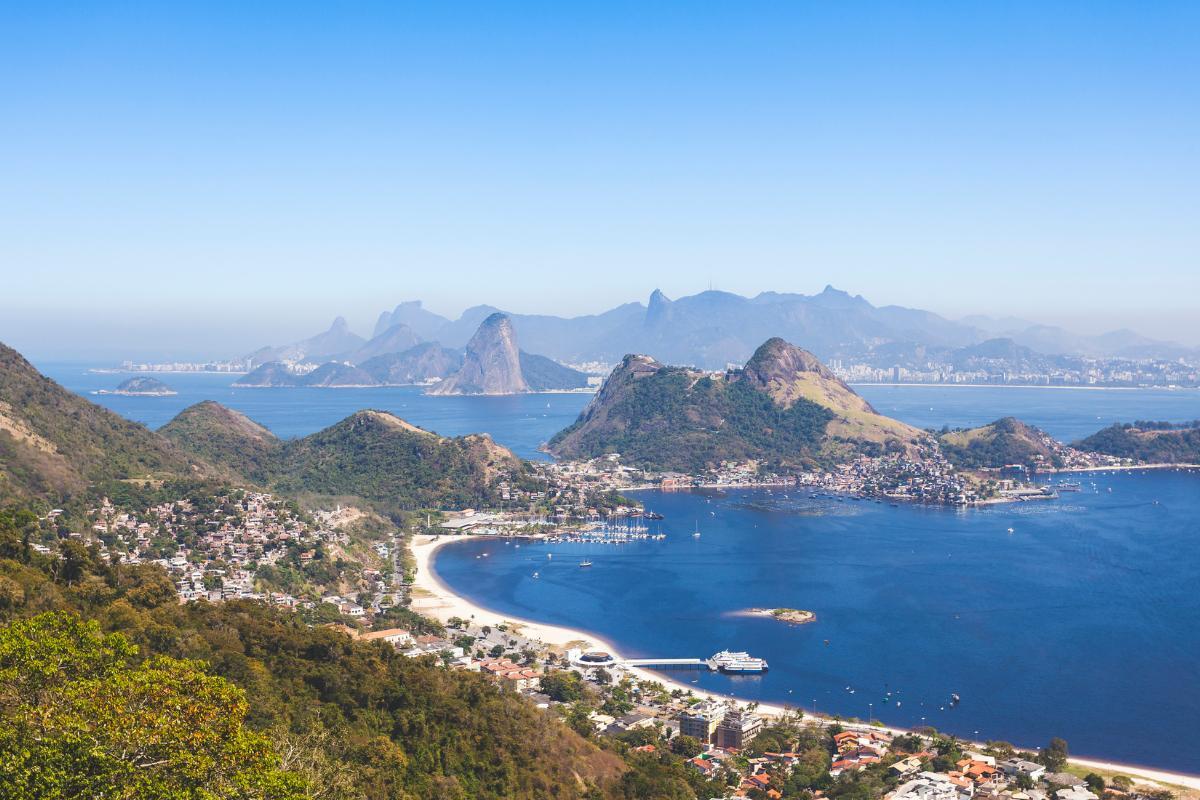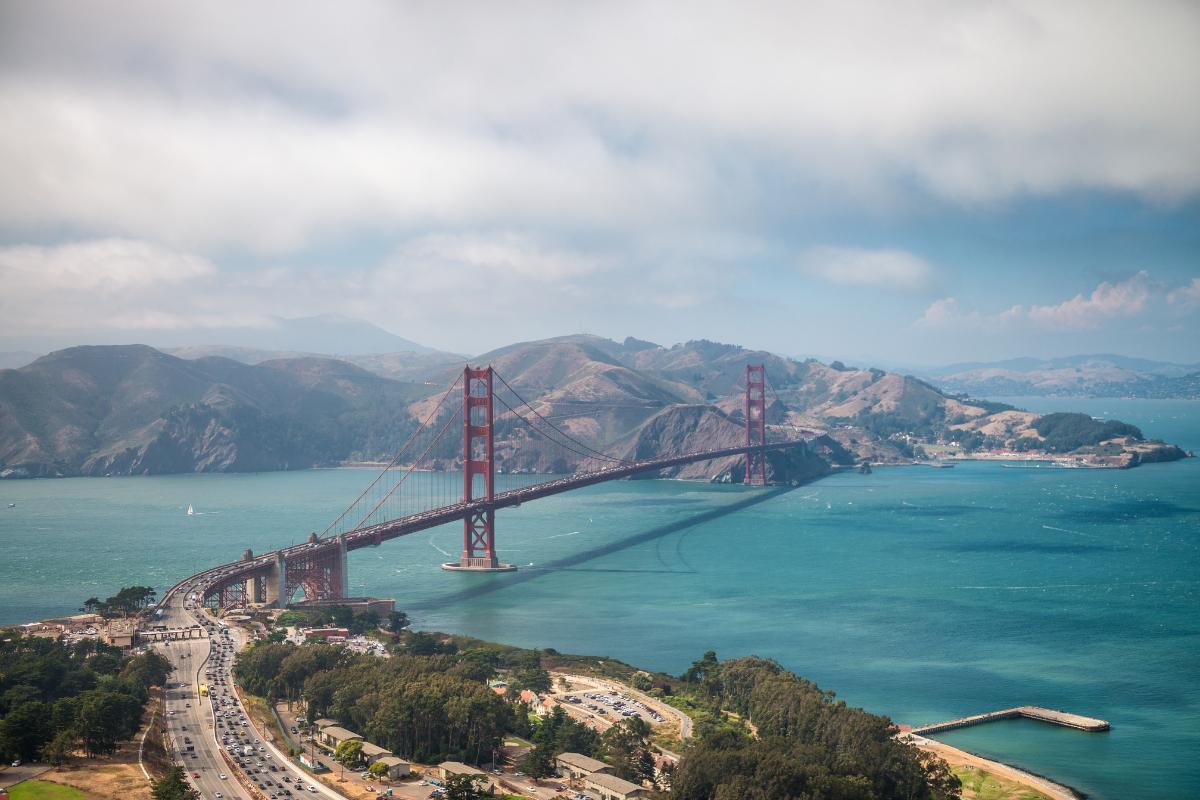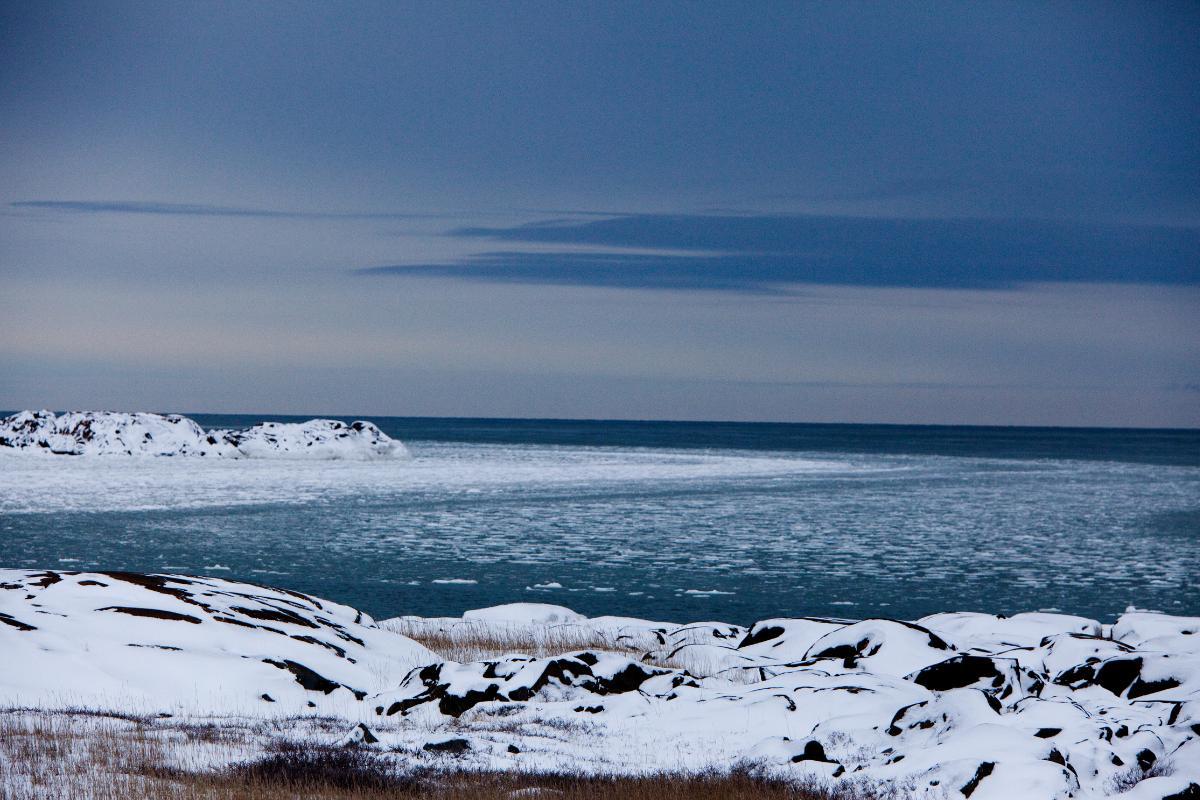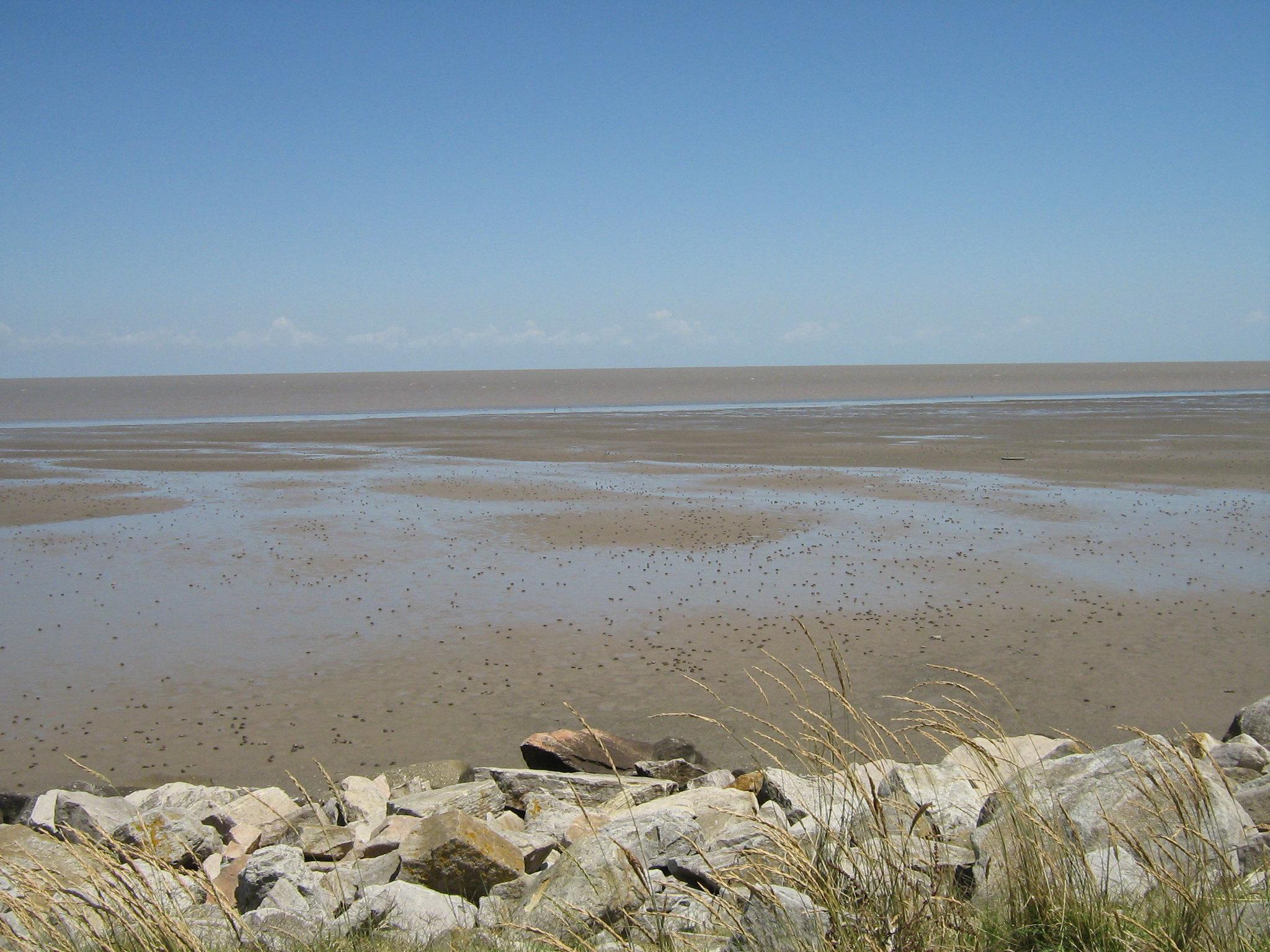What Is a Bay in Geography?


A bay in geography is a natural coastal inlet of a large body of water such as a sea, ocean or lake that has a considerable area, but is generally smaller than that of a gulf. Such a coastal relief can be the result of various geological processes such as coastal erosion, glacial movement, volcanic activity and the shifting of tectonic plates. Some of the most important bays around the world are Ha-Long Bay, Guanabara Bay, San Francisco Bay, Hudson Bay and Samborombón Bay.
If you want to learn more about these landforms, thedailyECO shares this article which asks what is a bay in geography? In addition to providing a bay definition, we look at its features, formation and examples of bays from around the world.
What is a bay in geography?
A basic definition of a bay is a natural inlet of a large body of water that appears on its coast and is of considerable extension. However, it is smaller than the area of a gulf. In other words, a bay is an entrance to a sea, ocean or lake which is surrounded by land except for one opening. Its shores tend to be more sheltered from meteorological elements such as strong winds, as well as the force of waves from the water.
Bays are the result of different geological processes, including coastal erosion by rivers and glaciers, volcanic activity and the movement of tectonic plates. They and can vary significantly in shape and size, from small inlets to large basins.
Discover the difference between a gulf and a bay in more detail with our related article.
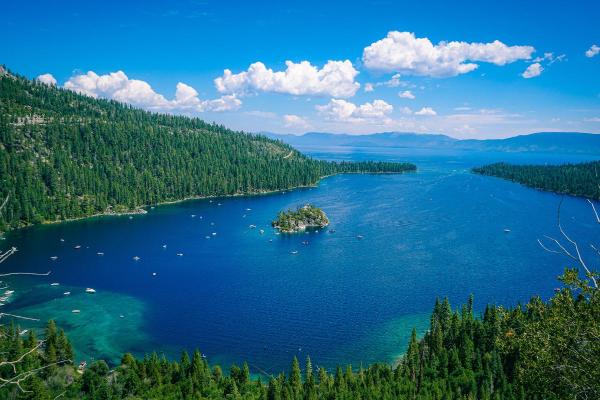
Characteristics of a bay in geography
Now that we have a basic understanding of what a bay is, we can look more closely at their geographical characteristics and importance for humans and wildlife:
- Concave shape: most bays have a concave or semicircular shape, although this appearance can vary considerably depending on the geological processes that contributed to their formation.
- Calmer than other coastal reliefs: the waters in the bays are calmer, since they are usually protected from winds and waves by the surrounding terrain.
- Biodiversity: the protected waters of a bay are often rich in biodiversity, providing important habitat for various marine species, including fish, mollusks, crustaceans and aquatic plants. Learn about what are biodiversity hotspots with our related article.
- Economic importance: due to their calm and protected waters, bays frequently serve as natural harbors, facilitating economic activities such as trade, fishing and tourism.
- Tourist attraction: the natural beauty and calm waters of the bays attract a large number of tourists and fans of recreational activities such as sailing, diving, sport fishing and swimming.
- Conservation: many bays are recognized for their importance and ecological value. This has led to them being protected locally or internationally with the aim of long-term conservation of their biological and cultural diversity. This helps to preserve them as vital ecosystems.
Discover more about how to protect nature's ecosystems with our related guide. Below, we take a look at some of the most vital and important bay ecosystems from around the world.
Ha Long Bay
Located in northern Vietnam near the border with China and in the Gulf of Tonkin, Ha-Long Bay is famous for its thousands of limestone islands and islets. These landforms are covered by tropical jungles that emerge from its waters, forming a Spectacular seascape. In 1994, it was designated a UNESCO World Heritage Site due to its stunning natural beauty and geological and geomorphological importance. This bay is so important that in 2011 it was designated to be one of the New Seven Wonders of Nature.
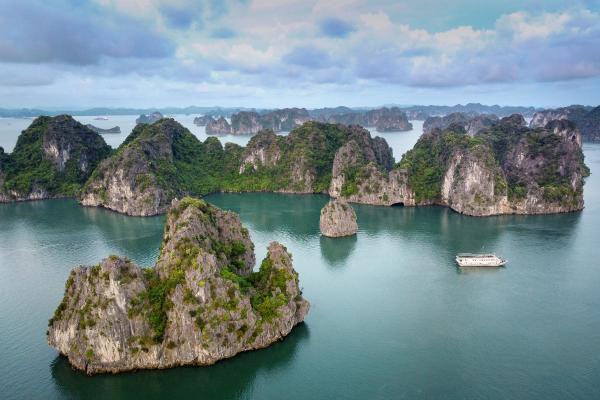
Guanabara Bay
Located in the southeast of Brazil in the state of Rio de Janeiro, Guanabara Bay houses the port and the city of Rio de Janeiro. This makes it one of the most important bays in all of the Americas. This bay is also known for having one of the most beautiful entrances in the world, flanked by the iconic Sugarloaf Mountain and Morro de Corcovado. The latter is the mountain on which the famous statue of Christ the Redeemer is located.
Inside Guanabara Bay is a large number of islands and islets, Governador Island being the largest. Unfortunately, due to the great urban and industrial advance, it is one of the bays that presents the greatest levels of pollution. These pollution levels are exacerbated by a lack of public policies in environmental management.

San Francisco Bay
The San Francisco Bay and Estuary is located in the state of California, on the west coast of the United States. It is a bay notable for its historical importance, ecological diversity and as being a center of technological innovation. The Bay Area includes major cities such as San Francisco, Oakland and San Jose. The Golden Gate Bridge is one of the many iconic symbols associated with the bay.
Despite its urban and industrial development, the Sacramento-San Joaquin Bay and Delta constitute some of the most critical habitats in California. They offer a variety of ecosystem types that are vital to migratory, marine and endangered species.
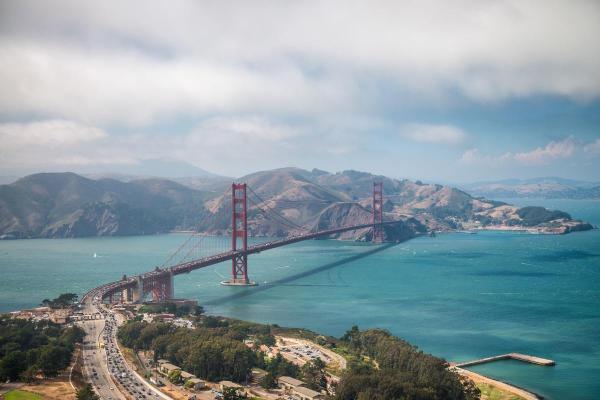
Hudson Bay
Hudson Bay is located in northeastern Canada and opens into the Arctic Ocean. It connects with the Atlantic Ocean to the east through the strait of the same name and with the rest of the Arctic in the north through the Foxe Basin. The latter is not part of the bay itself. Due to its size the Hudson Bay constitutes an inland sea of the Canadian country. It forms one of the largest bays in the world and plays a crucial role in the region's climate due to its interaction with ocean currents and sea ice. It forms an important area for wildlife, including populations of polar bears, seals and numerous migratory birds.
Here we provide a detailed description of the formation and characteristics of sea ice.

Samborombón Bay
Samborombón Bay forms a geographical feature in the estuary section of the Río de la Plata located in the province of Buenos Aires, Argentina. It represents one of the most important coastal ecosystems in southern South America. It extends from Cape San Antonio southward to the mouth of the Salado River, covering an area that includes both gently sloping beaches and marshes and flooded grasslands.
This bay is characterized by its rich biodiversity and is an area of vital importance for numerous species of migratory birds. Some of these bird species travel from the Arctic and North America to feed to reproduce in the Samborombón wetlands. In fact, it is a wetland that has been recognized as a Ramsar site, which underlines its international importance for waterfowl conservation.
Now you have a definition of what a bay is in geography, as well as its characteristics and famous bays from around the world, you take a similar look at what is a cape in geography?

If you want to read similar articles to What Is a Bay in Geography?, we recommend you visit our Ecosystems category.

